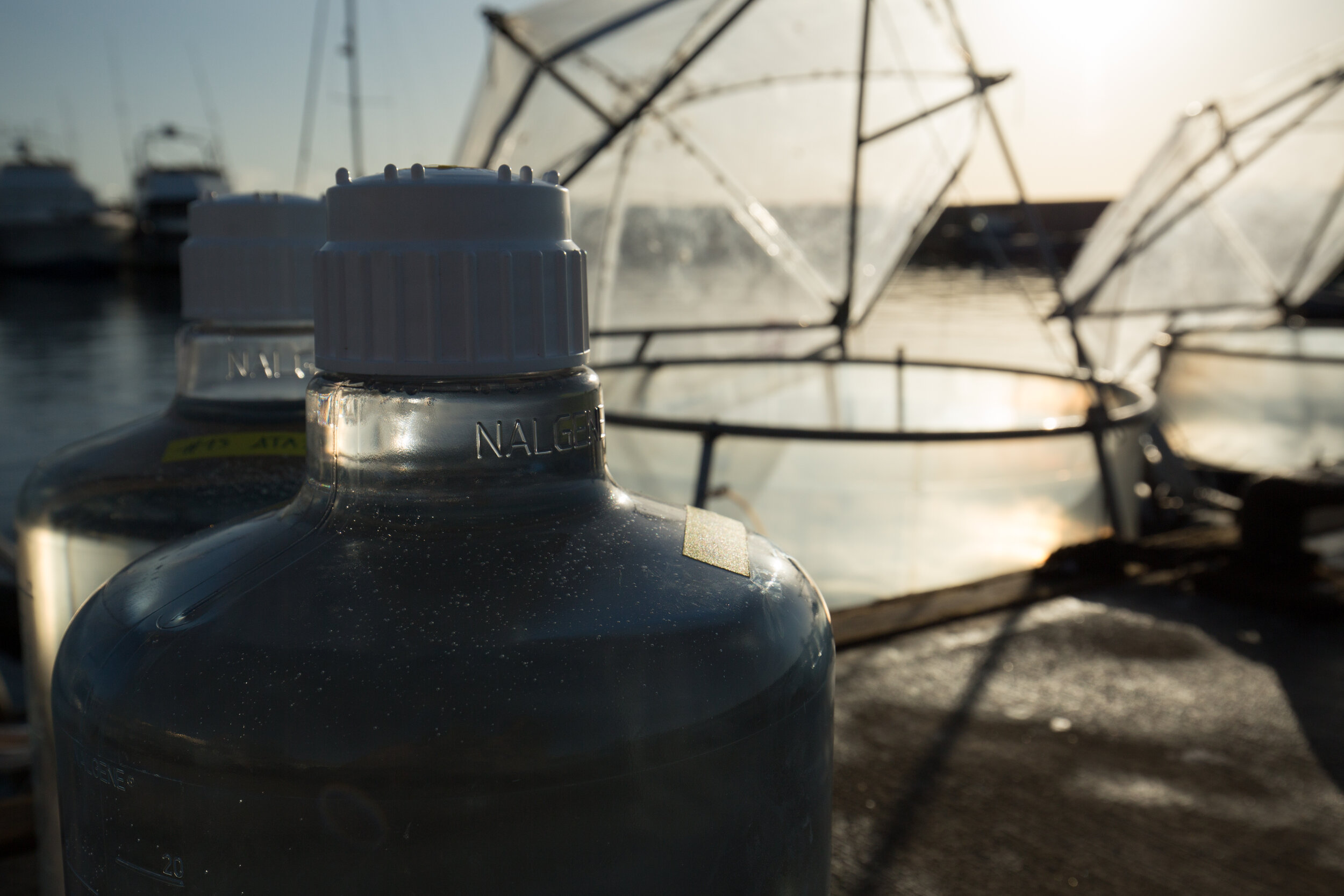
OAE: Ocean Alkalinity Enhancement
Among the ocean-based CDRs, Ocean Alkalinity Enhancement (OAE) is considered a particularly promising option for carbon dioxide (CO2) removal. The basic idea is to accelerate a natural process, rock weathering. When rock minerals react with water and atmospheric CO2, they bind the CO2 as dissolved bicarbonate or carbonate. There is 35 times more bicarbonate or carbonate dissolved in the ocean than CO2 gas in the atmosphere, so small changes in the ocean’s large pool of inorganic carbon can make a big difference for the atmospheric CO2 concentration. A positive side effect of dissolving alkaline minerals in seawater is that it reverts ocean acidification, a direct consequence of rising levels of atmospheric CO2.
Whether or not OAE could work at the scale needed to contribute significantly to CDR depends on three aspects: feasibility, cost and environmental compatibility. Research so far has focused mostly on feasibility and cost assessments which revealed a high competitiveness relative to other Negative Emission Technologies (NETs). However, any promising prospects with respect to feasibility become irrelevant if their application is accompanied by unacceptable environmental side effects.
Ocean-CDR sets out to test for possible environmental impacts and side effects of OAE. This is done in so-called mesocosms, large translucent plastic bags anchored in the sea, which enclose a natural plankton community - from algae and bacteria over little protozoans up to crustaceans and sometimes even fish. Thus, in the mesocosms, we can simulate OAE in a natural plankton community under natural conditions, but securely enclosed in the bags.